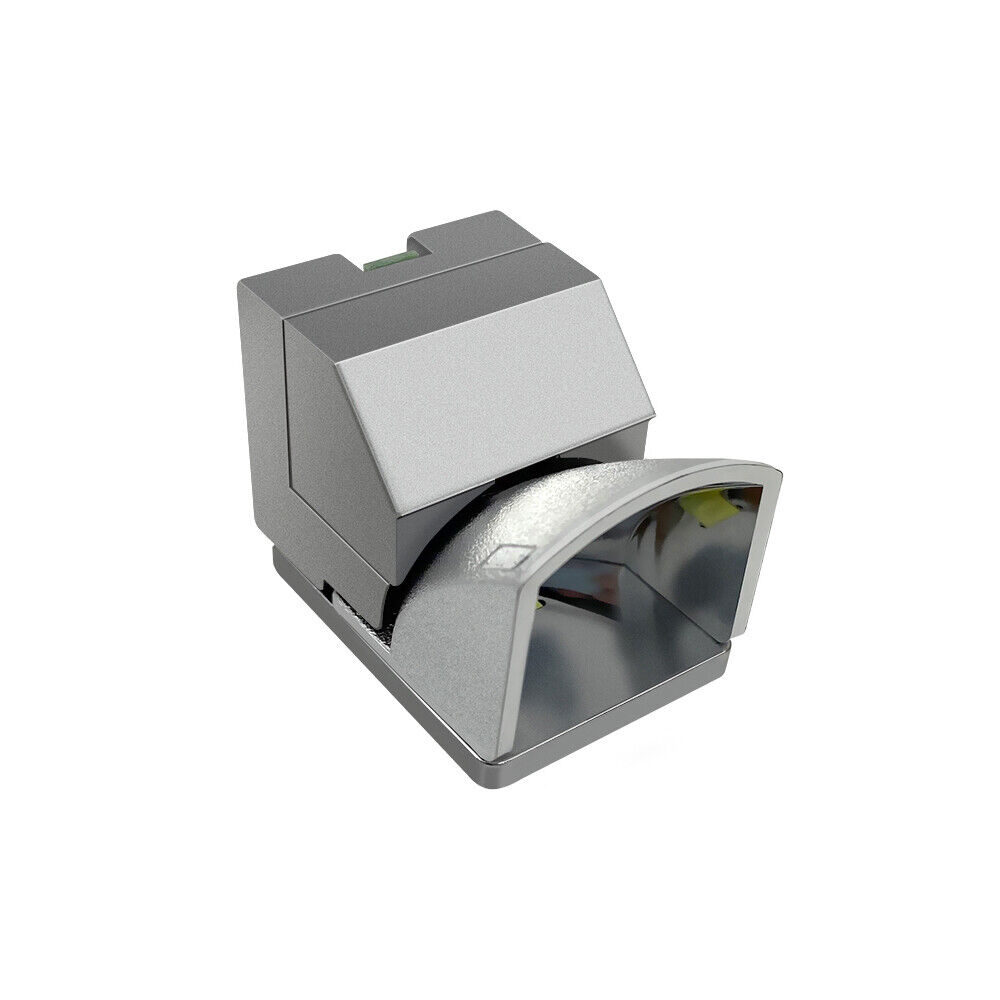By modifying the LEP modules, a wide range of spectral colors can be achieved. This includes both the visible as well as the invisible parts of the spectrum, such as the infrared (IR). A near-infrared LEP, for example, can be used as a powerful spot lighting source for long-distance night-vision cameras and instrumentation. An LEP-based SWIR source can be used for long-range communication or for atmospheric studies.
A phosphor-converted NIR/SWIR LEP can be used as a compact and portable source for optical absorbance, reflectance, and transmission measurements. It can operate at low DC voltages and deliver more infrared optical output compared to conventional IR LEDs or lasers. Different wavelengths of infrared light can be customized for different purposes. IR LEPs can deliver narrow-band, multi-band, or broadband radiation while significantly expanding the available spectral range or wavelength options of conventional NIR and SWIR sources.

Laser-excited Phosphor Module used to project light over long distances